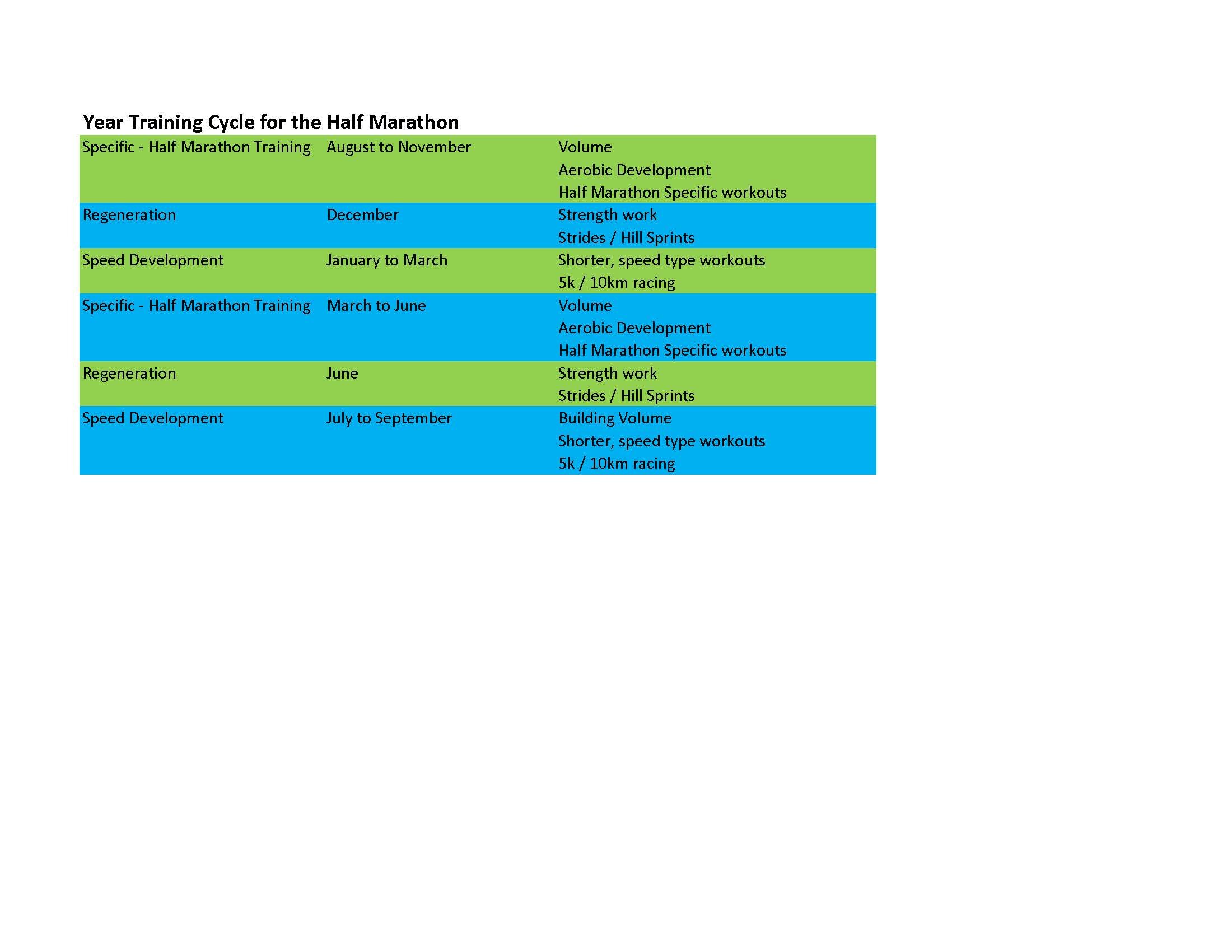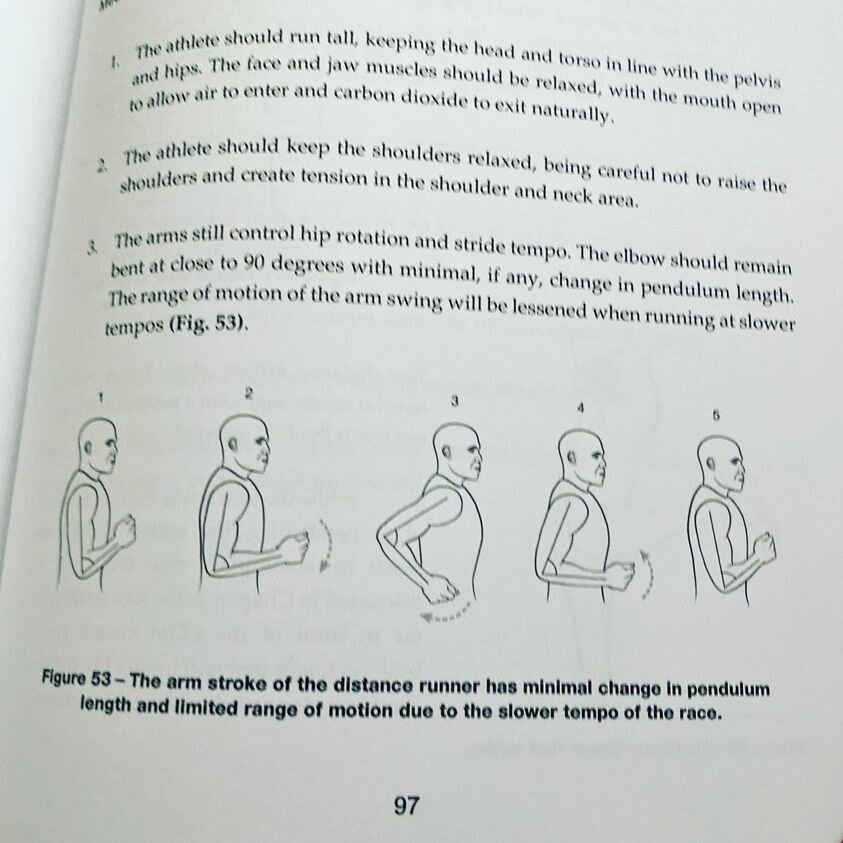This is old article. It has some great workouts on training hills on a treadmill. It is written by Own Anderson.
Owen Anderson explains how to set the speed and inclination of the treadmill to mimic hill training
Hill training is great for athletes engaged in sports that involve running, because hill training enhances running economy, functional strength, threshold, and . However, outdoor hill workouts can be problematic under windy and wet conditions – or for athletes who live in flat regions of the country. Fortunately you can carry out your ‘hill training’ indoors on a treadmill – and often get a better workout than would be the case outside!
Although most athletes recognize that treadmills can simulate hills and that it is possible to get a great workout on a treadmill, they are often stumped by two key questions: how fast should the treadmill speed be set? How much of an inclination should be utilized? Training on a treadmill creates a need to make some choices – it’s not as simple as just charging up the highest hill in the neighbourhood.
For the runners I coach, I often recommend an initial treadmill ‘hill’ workout which combines current 10-K pace with a 4-per cent inclination. 10-K speed is a quality pace; it’s above lactate threshold and therefore induces a fair amount of lactate production, especially with the non-zero inclination of the treadmill. As such, it provides a nice stimulus for lactate threshold to improve. It’s also a competitive speed; running at 10-K velocity should improve your economy at that pace and therefore ultimately enhance your 10-K times. If you don’t know your current 10-K tempo, you can ballpark it by slowing down current 5-K speed by 15 seconds per mile – or else run an all-out mile on the treadmill at your best-possible pace. 10-K tempo should be around 45 seconds per mile slower than this mile effort.
There’s less science associated with the choice of the 4-per cent inclination. Basically, it’s just an in-betweener – sloped enough to require your leg muscles to increase their force production yet not so steep as to severely limit the time duration of your work intervals.
A starter workout For an opening treadmill hill workout, try 3 x 3 minutes at 10-K speed with a 4-per cent inclination and three- to four-minute jog recoveries (at just 1 per cent). This workout is conservative, as all initial training sessions of a particular type should be, but over time you can progress to five to seven work intervals, with slightly shortened recoveries. You can also increase the speed with which you tackle the ‘hills’ if your current 10-K pace improves (i.e., if you run a 10-K race and improve on your previous time) – or if the chosen treadmill pace begins to feel rather easy. If the pace begins to feel fairly moderate, increase the treadmill speed by about eight seconds per mile.
If the above basic training session happened to be the only hill workout you carried out and you performed it faithfully once a week for six weeks or so, your running capacity would probably improve in a couple of key ways, but the session does have some shortcomings. For one thing, you’ll probably encounter slopes which are more challenging than 4 per cent in some of your key races. For another, a 4-per cent ‘hill’ doesn’t really stretch your leg muscles to the limit; it doesn’t require them to max-out force production in order to keep you going at a decent pace. You’ll need about an 8- to 12-per cent treadmill inclination to accomplish that.
The choice of 10-K speed is also somewhat of a ‘problem’. Obviously, your goal as a runner is not to always run at 10-K velocity; you’d like to be a little more explosive than that. While it’s true that your non-hill speed sessions will help you develop that quickness, it’s also important to combine high muscular force production, which is what occurs when you run up hills with extreme quickness (very fast running speeds). Only by linking great force production with exceptional quickness can you develop the capacity to run as powerfully as you possibly can.
For that reason, the following workouts are also very worthwhile:
(1) 5 x 90 seconds at 5-K pace, using a 4-per cent inclination and two- to three-minute jog recoveries (start with three minutes and work down). The number of reps can be progressively advanced to 10 or so. If the 4-per cent inclination feels too tough at first, change to 3 or 3.5 per cent.
(2) 7 x 45 seconds at 3-K pace (15 seconds per mile faster than 5-K speed), with 4-per cent inclination and three-minute jog recoveries. Over time, the number of reps can soar to 20.
Coordinating either one of the above sessions (90-second intervals at 5-K pace or 45-second stressors at 3-K velocity) with the original 10-K workout (3-minute intervals) by doing both the 10-K effort and the 3-K or 5-K-paced scalder once a week for a total of six to eight weeks or so should make a big difference to your functional strength and your overall running. However, that won’t be quite enough to truly optimize your functional running strength and hill-running capability!
A more serious inclination That’s because you haven’t yet stressed your muscles with a really serious inclination, as we mentioned above. That can be accomplished with an 8- to 12-per cent slope and the utilization of work intervals which initially last only 30 seconds or so but gradually progress to 60 seconds. You don’t need to worry about your actual running speed during these severe ascents. Just follow the well-thought-out advice of my high-school running coach and ‘Go hard!’ In truth, the idea is simply to stay relaxed and rhythmical and – ultimately – to maintain a very high intensity as you jet ‘upward’. For your first few sessions with such a steep slope, don’t worry about maxing yourself out physiologically; instead, focus on your form. Make sure your arms are pumping vigorously – straight ahead and straight back, and try to maintain a body position which keeps you roughly perpendicular with the floor below the treadmill. This will mean that you’ll be leaning forward slightly, relative to the treadmill surface (you won’t be at right angles with it).
Once you are comfortable with running on the steeper slope, you can work on actually running faster during the workouts. Again, don’t worry about how this speed relates to your various racing velocities (true velocity with the 8- to 12-per cent inclination won’t be anything to boast about, because of the slowing effect of the incline). Just try to progress so that you can eventually run as hard as you can on each work interval, while staying under good . For your first workout, it’s wise to utilize just seven or eight work intervals, with three-minute rests. Eventually, you can hit as many as 20 45-second reps or 15 one-minute repetitions per workout.
Upping the time We’re not quite done yet! All our work so far has involved relatively short work intervals of no more than three minutes, so it would be beneficial to add the challenge and reality of more continuous running at an upscale speed – on a more modest hill. After all, you want not only greater, quicker, force production, you want also to be able to sustain your upgraded force production for prolonged periods of time. Thus, we recommend the following:
(1) With a 2-per cent inclination, run 3 x 8 minutes at your current 10-K pace, with four- to five-minute jog recoveries.
(2) Also with a 2-per cent incline, run 20 minutes continuously at a pace which is 10 seconds per mile slower than your current 10-K speed. Yes, this is a ‘tempo run’, albeit with a higher intensity than traditional tempo runs because of the slight incline.
(3) Again at 2 per cent, blast off with 3 (or 4) x 5 minutes at current 5-K pace, with four-minute recoveries. Over time, you can raise the inclination to 2.5 per cent for these three workouts and reduce times for the two interval workouts. In addition, you could even try three-minute intervals at 3-K pace with a 2- to 2.5-per cent grade.
Of course, although hill workouts are highly beneficial for improving specific strength, running economy, lactate threshold, and vVO2max, they tend to be not so specific to competitive performance (when’s the last time your race consisted of nothing more than 15 reps up a 200-metre hill with jog recoveries, for example). Thus, you’d be wise to increase the ‘reality’ of your hill training a little bit.
It’s not the hill, but the recovery In doing so, it’s important to remember one other ‘fact of life’ for runners: one of the toughest points in a race is often not a severe hill per se but the quarter-mile or so of flat roadway which follows it. Often, runners deplete themselves so much going up a hill that they fall off pace on the easier, pancake-flat section of the race course which follows. It is often not the hill which hurts performance time, but the recovery from the hill. That’s why when runners tell me they are strong on hills, I always respond ‘That’s great – but how are you on the level after you have run so aggressively on the uphill.’ The sheepish looks which follow tell me that the following workouts will be beneficial for most endurance runners:
(1) Run for 90 seconds at 10-K pace with a 4-per cent inclination, immediately followed by 90 seconds at 5-K speed with just a 1-per cent incline. This adds up to a 3-minute work interval, and up to six of these can be completed per workout, with three- to four-minute recoveries.
(2) Run for three minutes at 10-K pace with a 1-per cent inclination, followed by 30 seconds very hard at an 8-per cent inclination, finished up with 90 seconds back at 1 per cent. This is a five-minute work interval, and four can be completed per training session, with four-minute jog recoveries.
(3) Run for 25 minutes continuously at a pace which is 10 seconds per mile slower than current 10-K speed, but every five minutes run for one minute at the same speed but with a 4-per cent elevation. After each of these rugged minutes, immediately go back to tempo pace (10 seconds slower per mile than 10-K quickness, with 1-per cent inclination).
Putting it together As you can see, there are quite a few valuable workouts! How should you put this all together? Let’s say you’d like to spend about eight weeks working on your running-specific strength, which is an excellent idea. Below you’ll find the kind of schedule you could follow. Only the quality workouts are shown, and it’s assumed that you are in moderately good shape before embarking on the programme:
Week 1 (1) 4 x 3 minutes at 10-K pace and 4-per cent inclination, with three-minute jog recoveries (2) 5 x 1.5 minutes at 5-K pace and 4-per cent inclination, with three-minute jog recoveries (3) A long run at moderate pace (over either rolling or flat terrain)
Week 2 (1) 7 x 45 seconds at 3-K pace and 4-per cent inclination, with three-minute jog recoveries (2) 20 minutes of continuous running at a pace which is 10 seconds per mile slower than current 10-K speed, with a 2-per cent inclination
Week 3 (1) 8 x 45 seconds at high intensity with a 10-per cent inclination (see full description of this workout above), with three-minute recoveries (2) 5 x 3 minutes at 10-K pace and 4-per cent inclination, with three-minute jog recoveries (3) A vVO2max session on the flat (5 x 3 minutes at vVO2max, with three-minute recoveries)
Week 4 (1) Work intervals consisting of 90 seconds at 10-K pace with a 4-per cent inclination, immediately followed by 90 seconds at 5-K speed with just a 1-per cent incline (three-minute work intervals). Perform five work intervals during the session, with three-minute recoveries (2) 7 x 1.5 minutes at 5-K pace, using a 4-per cent inclination and three-minute jog recoveries (3) A long run (at least four miles longer than your average daily distance)
Week 5 (1) 25 minutes of continuous running at a pace which is 10 seconds per mile slower than current 10-K speed and a 1-per cent inclination, but with every fifth minute at a 4-percent inclination (2) 12 x 45 seconds at very high intensity with a 10-per cent inclination (see full description above), with three-minute recoveries
Week 6 (1) Three minutes of running at 10-K pace with a 1-per cent inclination, followed by 30 seconds very hard with an 8-per cent inclination, finished up with 90 seconds back at 10-K pace and 1 per cent. Perform four of these work intervals during the session, with four-minute jog recoveries (2) 5 x 3 minutes at 5-K pace and a 3-per cent inclination, with three- to four-minute recoveries (3) A long run, preferably over rolling terrain
Week 7 (1) 12 x 60 seconds at very high intensity with a 10-per cent inclination (see full description above), with three-minute recoveries (2) Work intervals consisting of 90 seconds at 10-K pace with a 4-per cent inclination, immediately followed by 90 seconds at 5-K speed with just a 1-per cent incline (three-minute work intervals). Perform six work intervals during the session, with three-minute recoveries.
Week 8 (1) 25 minutes of continuous running at a pace which is 10 seconds per mile slower than current 10-K speed and a 1-per cent inclination, but with every fifth minute at 4 per cent (2) 15 x 60 seconds at very high intensity with a 10-per cent inclination, with three-minute recoveries (3) A long run (at least 10 miles) over hilly terrain, working hard on all uphills and maintaining a quality pace for at least 200 metres after cresting hill tops.
Be sure to before all of these workouts, paying particular attention to loosening up and coordinating your calf muscles, Achilles tendons, and plantar fasciae, which are especially stressed on hills. Recover afterward with light stretching and copious quantities of sports drink, fruits, and vegetables, and remember that the hard work you are carrying out offers many special rewards, including improved strength, enhanced economy, and a lifted-up lactate threshold. The bottom line is that if you become great at ‘mill hills’, you will also be dynamite on the roads.








